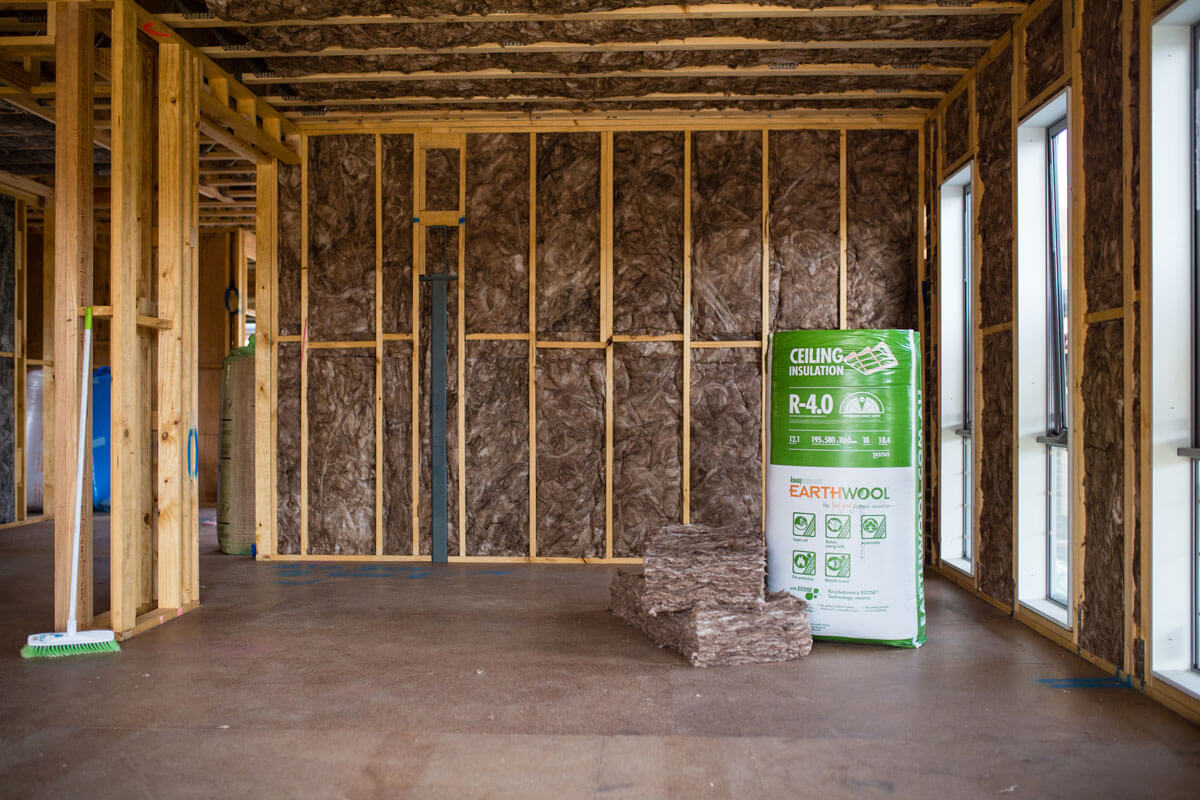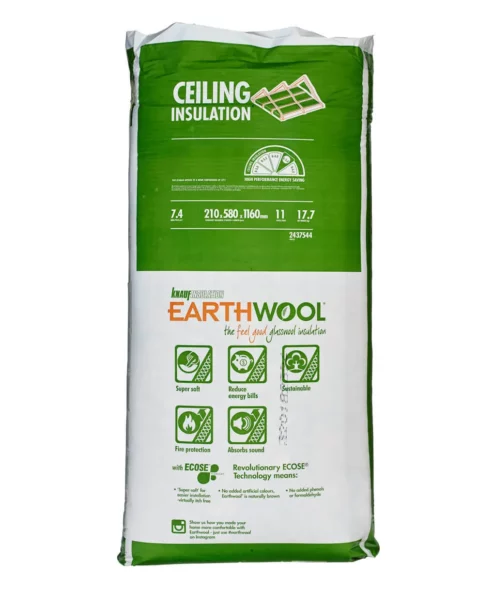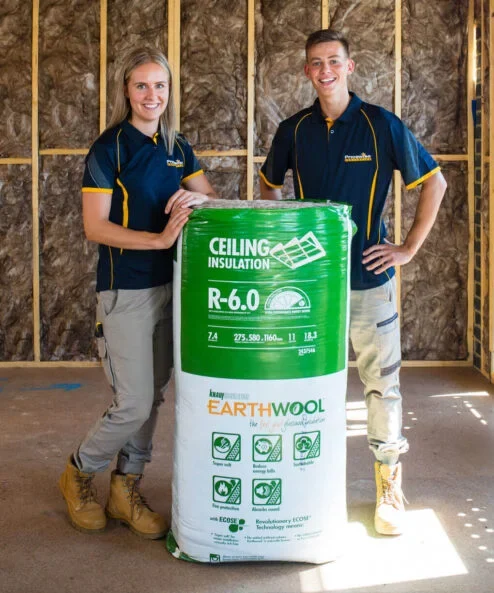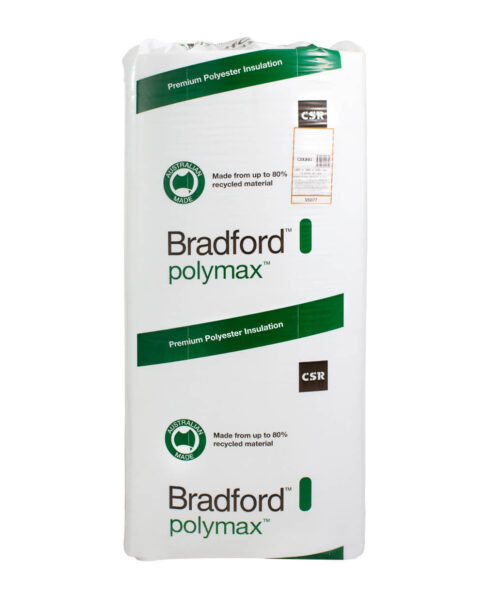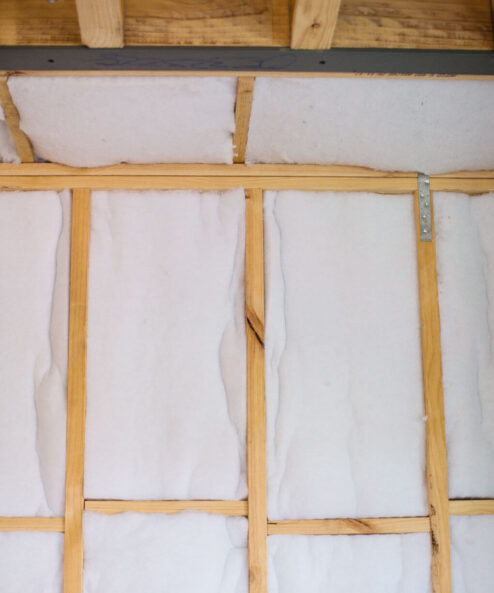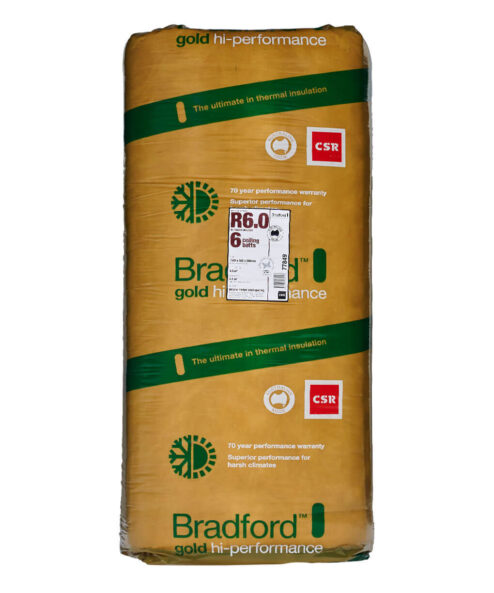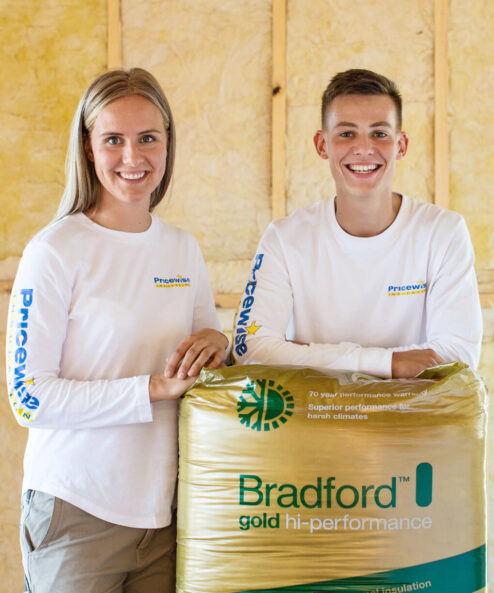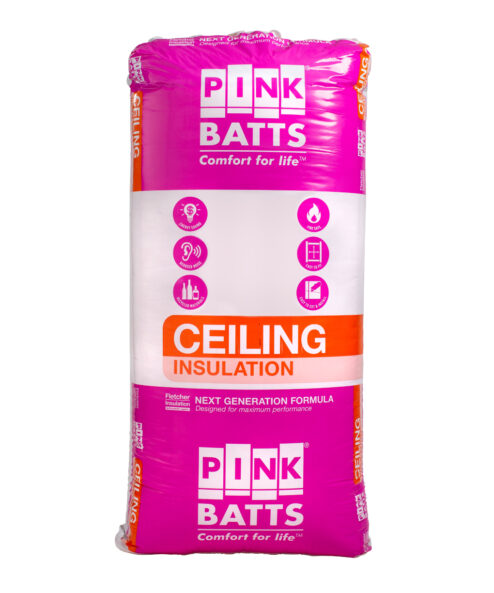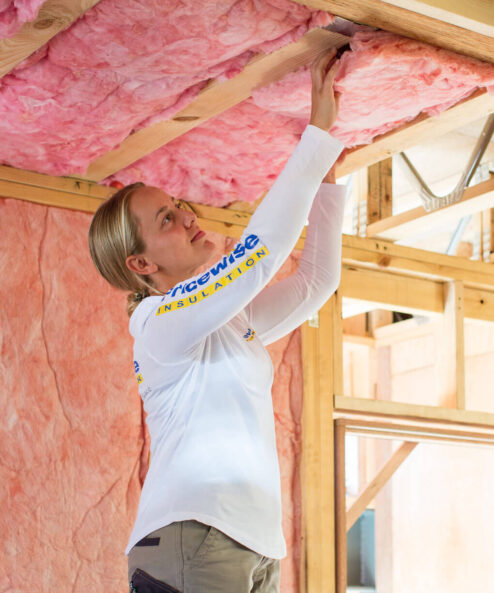Insulation Tips
How Long Does Ceiling Insulation Last?
The lifetime of your ceiling insulation will firstly depend on the type of insulating material used. The most common materials used for ceiling insulation are glass wool, polyester, cellulose and spray foam. Each of these materials have advantages and disadvantages which affect the longevity of its life. However, there are other factors that may affect the performance of your insulation. It may be time to make the climb into your ceiling space to check your insulation status.
Which Material Lasts The Longest?
Glasswool insulation also known as fiberglass is the most commonly used insulating material and should last the lifetime of your home. Knauf brand provides a warranty of 50 years on its Earthwool range and Bradford provides a 70 year warranty across a number of ceiling, wall and floor products.
Polyester insulation is available in ceiling insulation batts is made from recycled plastics. This material is naturally hydrophobic which means it is water repelling, quick drying and unaffected by moisture. Autex provides a product durability warranty of 50 years on its Greenstuf range.
Cellulose insulation is made from a mixture of recycled paper and wood material. Cellulose is blown in to the ceiling space during installation and typically lasts around 30 years. Cellulose material degrades faster than glasswool and polyester insulation, however it is said give better coverage and eliminate air draughts.
Spray foam is more expensive than most insulating materials and requires a professional installer which adds to the overall product cost. Spray foam is better at sealing air leaks, preventing water leaks and minimizing mould growth. As there is less possibility of it becoming wet and damaged check-ups aren’t needed as often. Foam spray is said to last up to 50 years, if undamaged from moisture and water leaks.
What Factors Can Affect The Life Of My Ceiling Insulation?
Insulation works because of the tiny air pockets in the material that slows down air movement from outside to inside your home. If these air pockets are compressed or become wet, then the insulation will no longer have optimal performance. It is important to check your ceiling insulation batts for any moisture absorption which may be caused by leaking plumbing or roof leaks. Additionally, check your ceiling insulation batts for mould or bacterial growth. Any wet insulation should be removed and replaced once water leak source is fixed. Your ceiling space may also be home to rodents and insects which nest in your insulation material, this can leave areas uninsulated and exposed. Having open or damaged areas in your ceiling insulation may compromise its effectiveness. We recommend checking your insulation every 8-10 years. If you have just moved into a new home, check your insulation at the earliest convenience. View our installation videos for tips on retrofit DIY ceiling installs.
When Should I Replace My Ceiling Insulation?
You don’t necessarily have to remove what you already have. Check the condition of your ceiling insulation and if it is undamaged you can top up your insulation and enhance your R-value. Over time material can settle and compact, therefore if your ceiling insulation batts are less than 50mm thick it should be topped up. If there is obvious damage to the insulation material it should be replaced altogether. For more advice refer to our ceiling insulation tips page.



